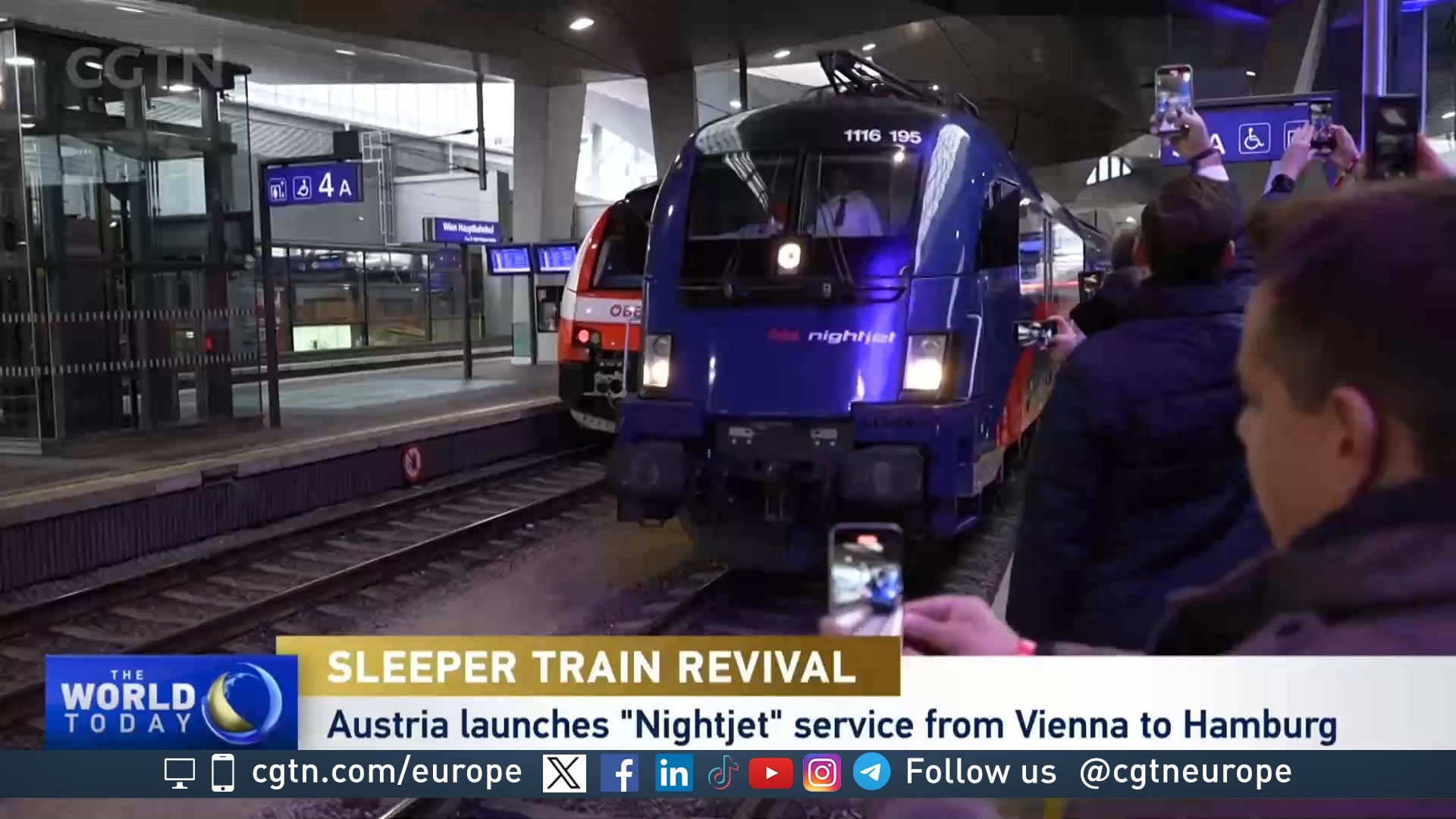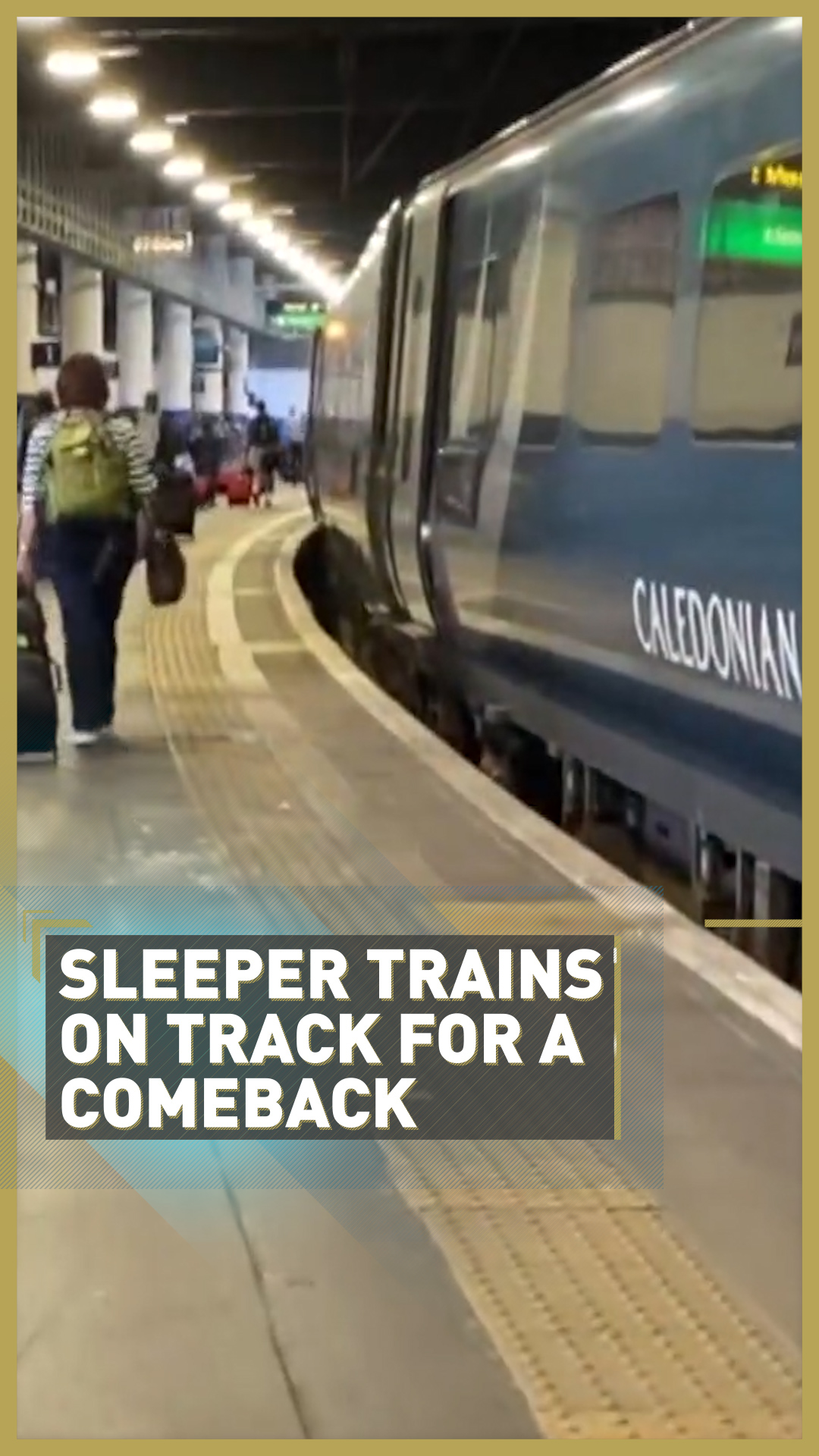02:30

Sleeper trains are back in fashion as the European Union pushes rail transport as a safer and more environmentally friendly way to travel.
The EU wants 2021 to be the year of rail and, while the main focus is on freight, sleeper trains are also set for a comeback.
Night trains had been slowly disappearing, killed off by the cheaper and faster competition from low-cost airlines. But now, the search for greener travel, combined with a battered aviation industry and reluctance to fly, means sleeper trains are being revived across Europe.

Sleeper trains are making a revival as people look to safety and a greener option. /CGTN
Sleeper trains are making a revival as people look to safety and a greener option. /CGTN
In case you missed it:
• Ancient Greek ruins of Mycenae saved from raging wildfire
• Over 3,000 evacuate from Spain's Andalusia after wildfire breaks out
There’s a sleeper connecting Sweden with Brussels and Hamburg opening in 2022. The route between Brussels and Vienna gets going again in September and a new route from Prague to Rijeka in Croatia goes through five countries.
There are also domestic lines opening up – a line from Paris to Nice will be resurrected after French President Emmanuel Macron promised to redevelop the country's night train network.
03:22

The Caledonian Sleeper is a well-known night train that runs between London in England and Inverness in Scotland. A common theme among passengers on board when asked by CGTN Europe was that they were taking it because of safety concerns over flying.
One said: "We're trying to cut down on flying and the fact that we thought the train would be safer was definitely a factor."
The journey is approximately 800 kilometers, and the cost to the environment is around 0.03 tons of carbon dioxide per passenger. The equivalent flight emits 0.17 tons, making it almost six times less carbon efficient.
In case you missed it:
• Cells can 'smell' their way through a maze
• Pro-West party could be ousted for first time in Montenegro elections